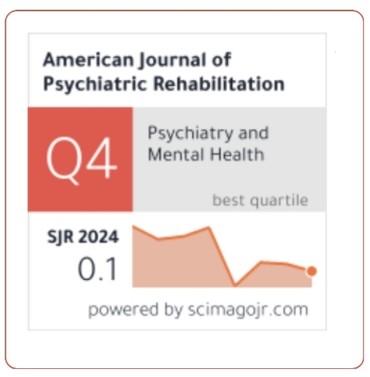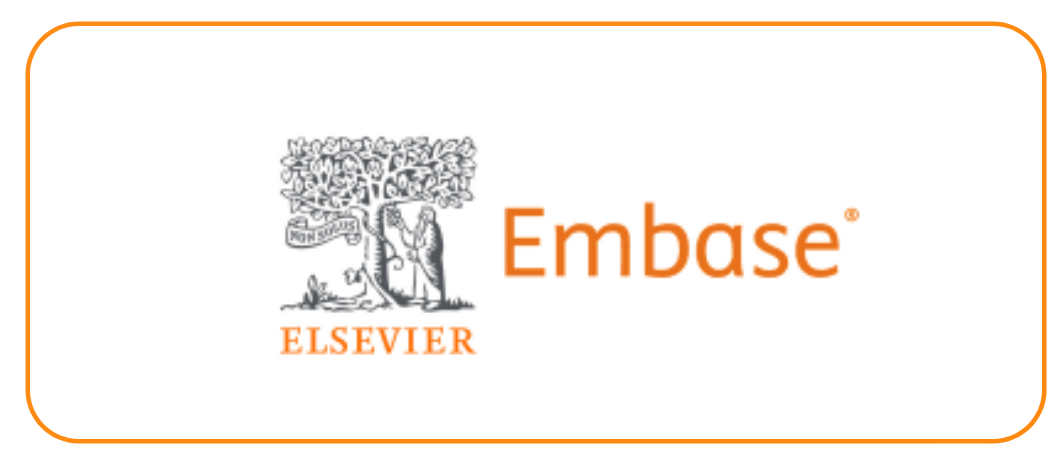Effect of Daipramatic Breathing and Systamatic Relaxation in Depression
DOI:
https://doi.org/10.69980/ajpr.v28i5.517Keywords:
Diaphragmatic breathing, Systematic relaxation, Depression, Yoga Nidra, Mind-body therapy, Stress reductionAbstract
Depression is a prevalent and complex mental health disorder affecting millions globally, often leading to persistent sadness, fatigue, cognitive impairments, and social withdrawal. While pharmacological and psychotherapeutic interventions are widely used, complementary approaches like yogic practices are gaining recognition for their holistic benefits. This study explores the therapeutic effects of diaphragmatic breathing and systematic relaxation techniques on individuals experiencing depressive symptoms. Diaphragmatic breathing, a deep abdominal breathing practice, activates the parasympathetic nervous system, thereby reducing cortisol levels, promoting emotional regulation, and restoring physiological balance. When performed regularly, it improves oxygen-carbon dioxide exchange, enhances vagal tone, and helps alleviate stress, anxiety, and mood disturbances. Systematic relaxation, including practices such as Shavasana, tension-relaxation techniques, Yoga Nidra, and mindfulness meditation, further supports the mind-body connection, reduces muscle tension, stabilizes heart rate and blood pressure, and promotes deep rest and mental clarity. This paper reviews the physiological mechanisms, anatomical correlations, and psychological benefits of these techniques, drawing from yogic philosophy and modern research. These non-invasive, low-cost practices can serve as effective adjuncts in a broader therapeutic model for depression management. While not substitutes for clinical treatment, they offer a sustainable path toward emotional resilience, better sleep, improved mood, and enhanced quality of life. Overall, integrating diaphragmatic breathing and systematic relaxation into daily routines can empower individuals to take an active role in their mental well-being, supporting both preventive and rehabilitative mental health strategies.
References
1. Gurung M, Shristy S. Effect of depression on daily life of adults.
2. Mohit MA, Maruf MM, Ahmed H, Alam MT. Depression and physical illnesses: an update. Bangladesh Medical Journal. 2011;40(1):53-8.
3. Oye B. Equilibrium of The Mind: Finding Harmony Between Positive and Negative Thoughts. Faloye oyewale; 2024 Dec 9.
4. Rout MA, Behera MS. CONCEPTUAL UNDERSTANDING OF EMOTION AND EMOTIOANL INTELLIGENCE FOR PSYCHOLOGICAL WELLBEING OF INDIVIDUALS. Essentials of Positive Psychology.:130.
5. Wade M. What is Depression?. Rochester Institute of Technology; 2021.
6. Semmer NK. Personality, stress, and coping. Handbook of personality and health. 2006 Jan 1:73-113.
7. Paterson P. Practical Strategies for Managing Stress and Anxiety: A Comprehensive Guide to Mental Well-being. Jstone Publishing; 2024.
8. Kocjan J, Adamek M, Gzik-Zroska B, Czyżewski D, Rydel M. Network of breathing. Multifunctional role of the diaphragm: a review. Advances in respiratory medicine. 2017;85(4):224-32.
9. Gaur S, Panjwani U, Kumar B. EEG Brain Wave Dynamics: A Systematic Review and Meta Analysis on Eff ect of Yoga on Mind Relaxation. J Biomed Res Environ Sci. 2020 Nov 28;1(7):353-62.
10. Choudhary N. YOGA AS A HOLISTIC APPROACH TO MENTAL HEALTH: A REVIEW OF ITS EFFECTS ON STRESS, ANXIETY, AND DEPRESSION.
11. Pandi-Perumal SR, Spence DW, Srivastava N, Kanchibhotla D, Kumar K, Sharma GS, Gupta R, Batmanabane G. The origin and clinical relevance of yoga nidra. Sleep and vigilance. 2022 Jun;6(1):61-84.
12. Thomas A, Kirschbaum L, Crowe BM, Van Puymbroeck M, Schmid AA. The integration of yoga in physical therapy clinical practice. Complementary therapies in medicine. 2021 Jun 1;59:102712.
13. Brown R, Gerbarg PL. The healing power of the breath: Simple techniques to reduce stress and anxiety, enhance concentration, and balance your emotions. Shambhala Publications; 2012 Jun 12.
14. Jacobs GD. The physiology of mind–body interactions: The stress response and the relaxation response. The Journal of Alternative & Complementary Medicine. 2001 Dec 2;7(1):83-92.
15. Rao S, Pal R. Exploring the Multidimensional Health Effects of Yogasana: A Comprehensive Overview. Yoga-Exploring the Health Benefits and Diverse Dimensions. 2024 Apr 5.
16. Thomas GD, Segal SS. Neural control of muscle blood flow during exercise. Journal of Applied Physiology. 2004 Aug;97(2):731-8.
17. Mahtani R. Power pranayama: The key to body-mind management. Jaico Publishing House; 2010 Feb 2.
Downloads
Published
Issue
Section
License
Copyright (c) 2025 American Journal of Psychiatric Rehabilitation

This work is licensed under a Creative Commons Attribution 4.0 International License.
This is an Open Access article distributed under the terms of the Creative Commons Attribution 4.0 International License permitting all use, distribution, and reproduction in any medium, provided the work is properly cited.









